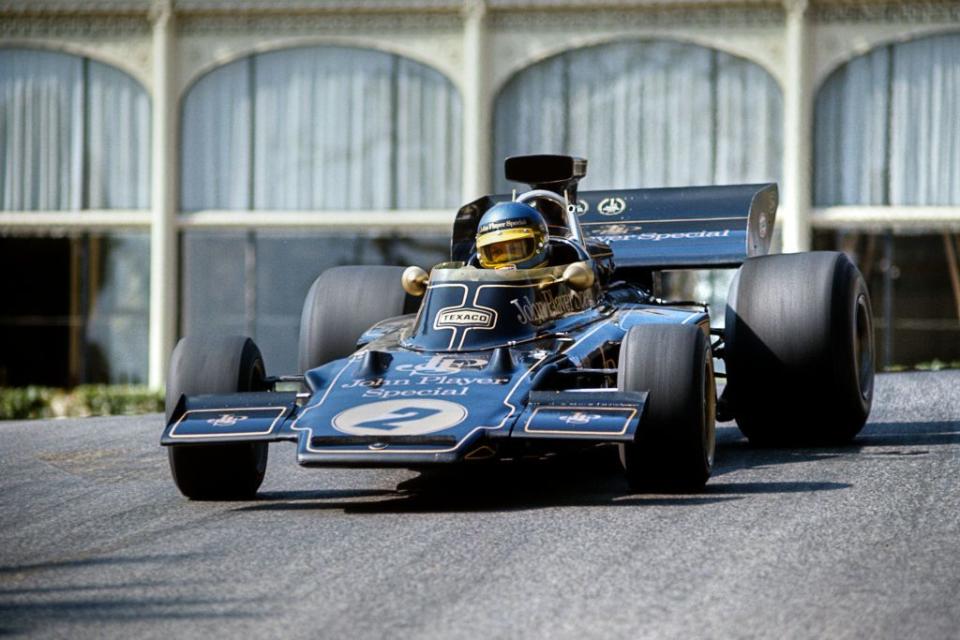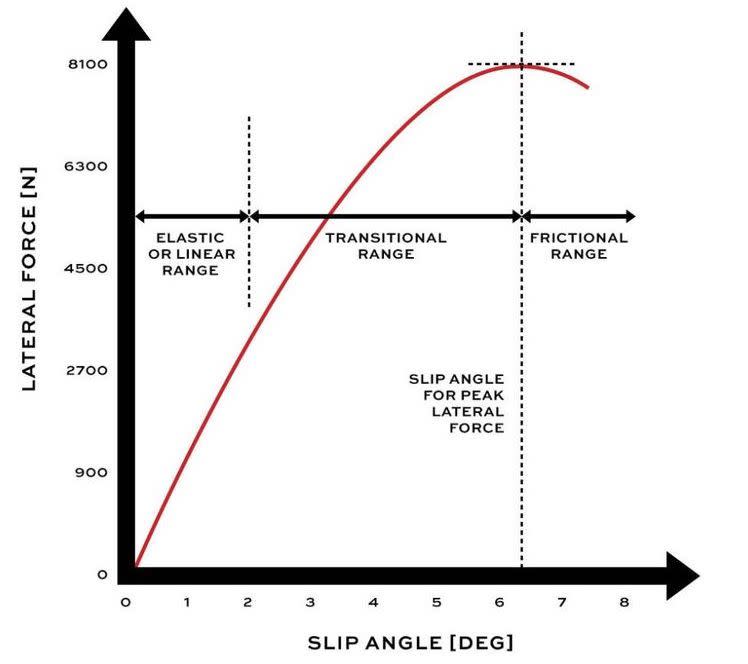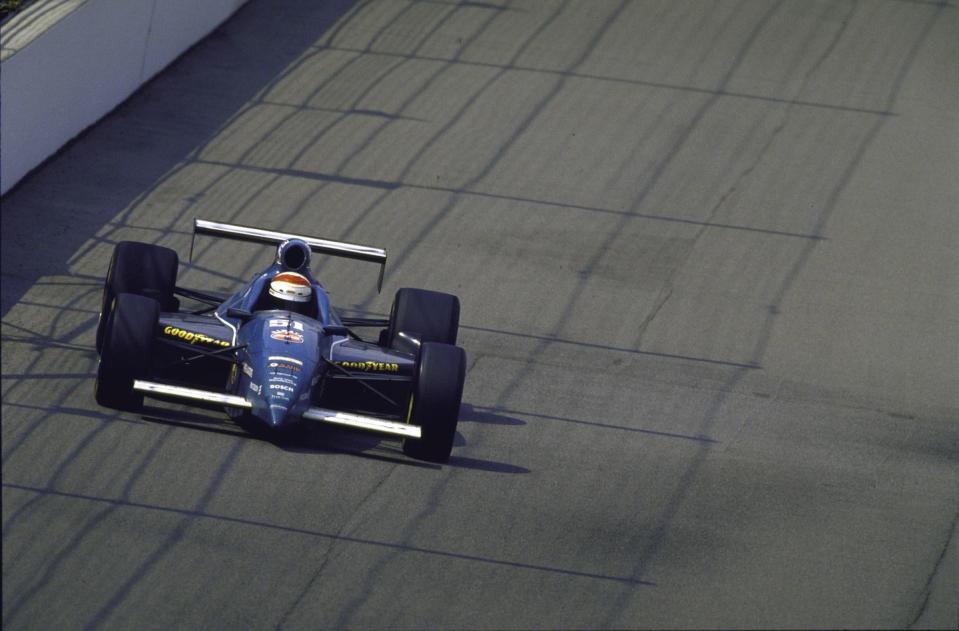Why There's No Easy Way to Make a Race Car Fast

In all of my research about car suspension, I have talked about advantages and disadvantages of various configurations and designs. And if one thing can be better, couldn't there be a best? Surely there is some absolutely ideal setup, one that makes a car as fast as possible? Well, even when you dive into the world of motorsports, where faster is always better, you find that there's no one clear answer, and it has as much to do with psychology as it does physics.
We all love watching heroic moments of oversteer in racing, and the saying "loose is fast" is not just a line from Days of Thunder, but something of a truism in motorsports. On a 2021 episode of Red Bull F1's podcast, Talking Bull, Adrian Newey said Max Verstappen's "ability to live with a car where the rear end moves around a little bit is exceptional." At various points in his career, this trait has been suggested as a reason for why he's so damn fast. Driver coach extraordinaire and Speed Secrets author Ross Bentley explains why a somewhat oversteer-y car can be a good thing.

"When you have a little oversteer, the car is helping you do what you want it to do, it's helping you change that direction or rotate the car through the corner. So that's generally why it is faster," he says. "In many cases, not all, but in many cases the way to deal with a car that oversteers a little bit is to add a tiny bit more throttle. The way to deal with understeer is to get out of the throttle. Which, last time I looked, more throttle makes you go faster, less throttle makes you go slower."
Of course, dealing with a "loose" or "free" car like this is difficult. "If you get a car that is slightly loose and a driver loses confidence because of that it will be slower," Bentley says. "Now, if that exact same car is slightly loose and the driver doesn't lose confidence but can actually use that to their advantage, it will go faster."

Jeff Braun, a longtime race engineer who currently works in sports prototypes, brings the discussion back to the tire-grip curve. Plotted out, this looks like a bell curve with lateral force (usually in pounds or newtons) on the Y axis, and slip angle—the difference in angle between where the tire is pointed and where it's going—on the X axis. As lateral forces and slip angle increase, so too does grip. Once you reach the peak of the curve, however, grip falls off sharply. (Note that this curve is ever-changing.) He says the best drivers in the world live between 2% above and below the peak of grip, averaging out to operating at the maximum level over the course of a lap, stint, or race. "If you drive an 'uncomfortable' car, it's because you're pushing it hard enough to get to that part of the tire curve where it's uncomfortable, because you're falling off the peak of that curve," he says. "The pros live there. The amateur guy, weekend guy, doesn't live there because he's not skilled enough to drive 2% over the curve and catch it. He crashes."
The human here is the most important variable. Computer simulation can help an engineer determine the fastest possible setup for a race car, but even with a 99.99-percent accurate correlation between the sim and real-world conditions, can the driver hang on?
Braun remembers working with Dallara in the Nineties in the early days of the Indy Racing League (IRL). The engineers, new to the Indy 500, wondered why when all the data they had indicated that the cars should've been faster in turn one, drivers kept lifting. Braun remembers asking the engineers if they knew what entering turn one at 230 mph felt like. No, they said, and thus, they all began a project of using torque sensors on the steering shaft to try and better understand the driver psychology.


 Yahoo Autos
Yahoo Autos 